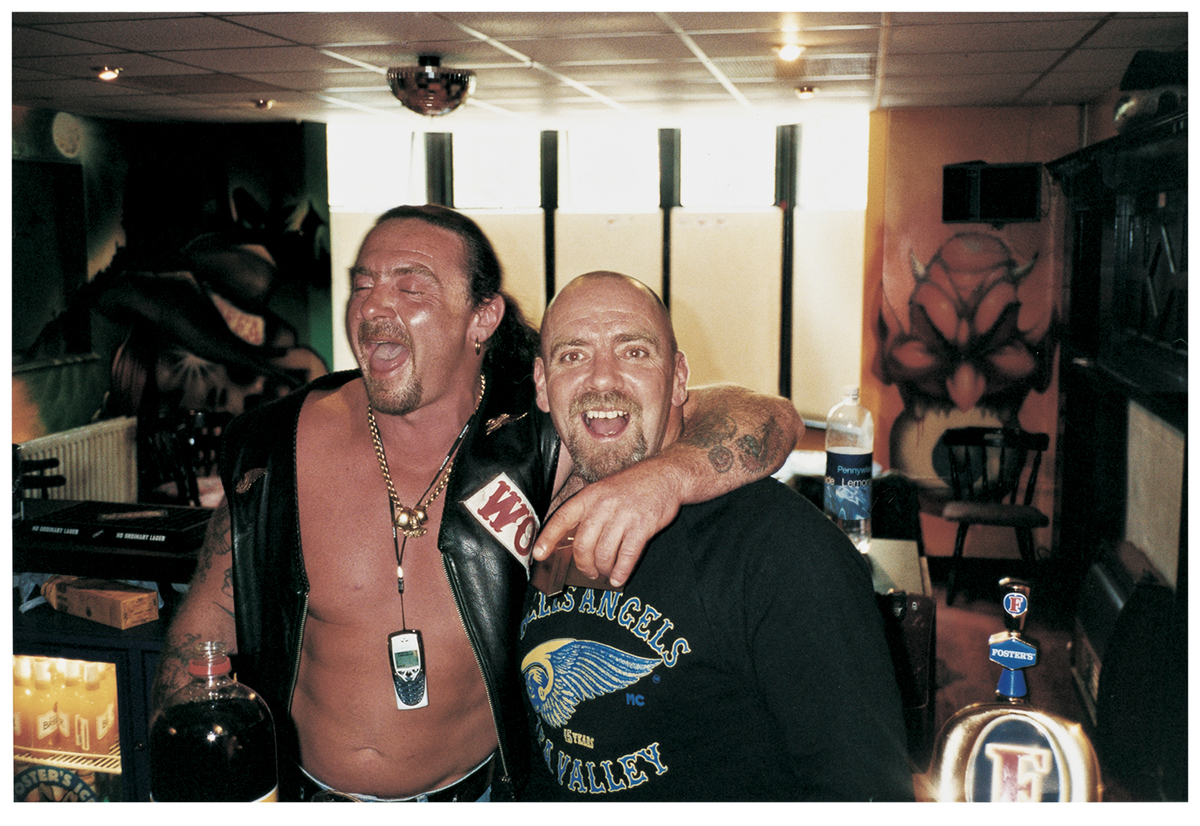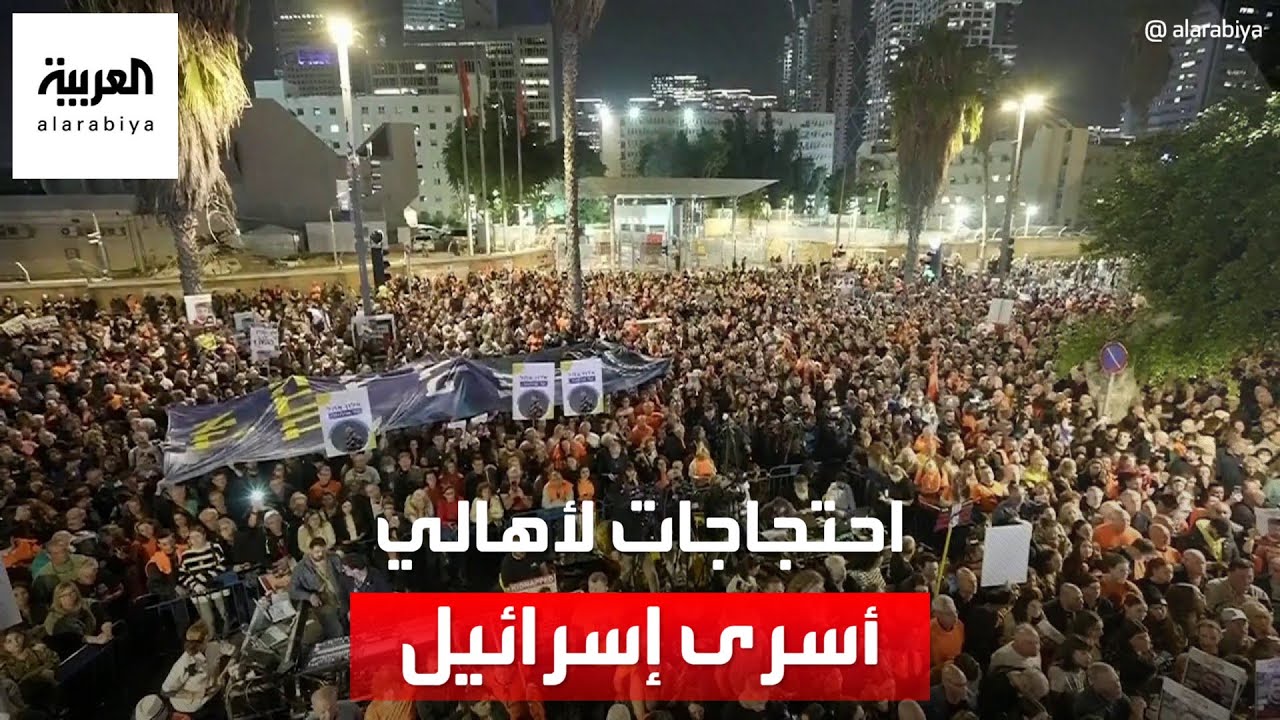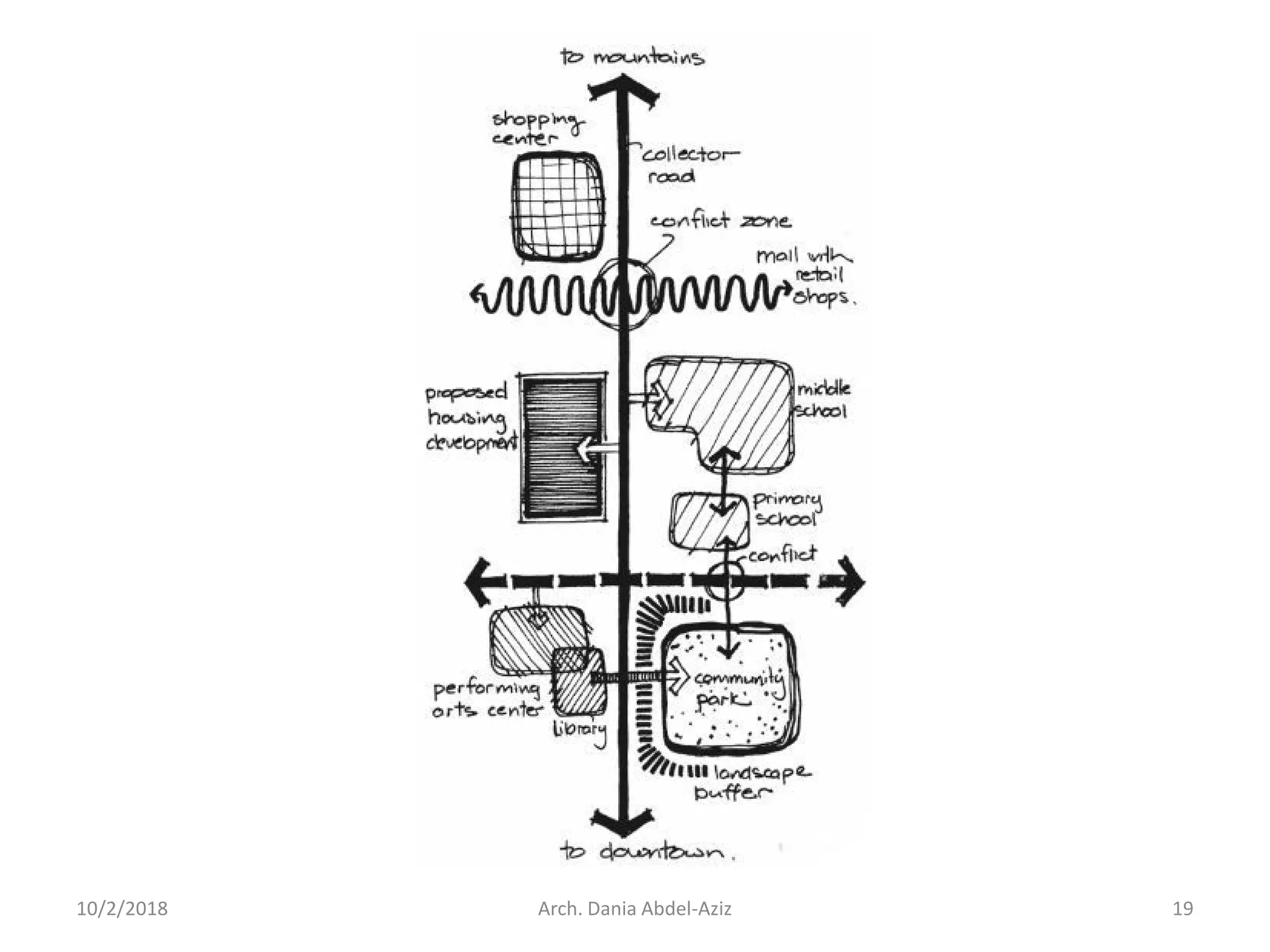Understanding The Hells Angels Motorcycle Club

Table of Contents
History and Origins of the Hells Angels MC
Early Years and Founding
The Hells Angels Motorcycle Club's roots trace back to the post-World War II era in California. Founded in 1948, the club emerged from a burgeoning biker culture, attracting veterans and disenfranchised youth seeking camaraderie and rebellion.
- Initial Culture: The early Hells Angels embraced a counter-culture ethos, rejecting mainstream societal norms.
- Founding Members: While precise details remain elusive due to the club's secretive nature, key founding members helped establish the club's early identity and territorial claims.
- Early Chapters: Initial chapters were established in various locations across California, laying the foundation for future expansion.
Growth and Expansion
From its California origins, the Hells Angels Motorcycle Club experienced significant growth, expanding across the United States and internationally. This expansion was fueled by several factors:
- Counter-Culture Movement: The 1960s counter-culture movement provided fertile ground for the club's growth, attracting members who embraced rebellion and nonconformity.
- Appeal to Disenfranchised Youth: The club offered a sense of belonging and purpose to marginalized youth, further fueling its expansion.
- Territorial Disputes: The club's expansion was not without conflict, with territorial disputes and clashes with rival motorcycle clubs shaping its history.
Evolution of the Club's Image and Public Perception
Over time, the public perception of the Hells Angels has shifted dramatically. Initially viewed as part of the biker counter-culture, their image has become largely synonymous with criminality and violence.
- Media Portrayal: Sensationalized media coverage has significantly influenced public opinion, often focusing on negative aspects of the club's activities.
- Key Incidents: Events like the Altamont Speedway Free Concert in 1969, where a Hells Angels member stabbed a concertgoer, dramatically impacted their public image, cementing their reputation for violence.
Structure and Organization of the Hells Angels MC
Chapter System and Hierarchy
The Hells Angels operate using a hierarchical chapter system. Individual chapters, geographically dispersed, answer to a "mother chapter," forming a complex organizational structure.
- Member Roles: Within each chapter, various roles exist, including the president, vice president, sergeant-at-arms, and other officers, each with specific responsibilities.
- Prospects: Individuals aspiring to become full-fledged members go through a probationary period as "prospects," demonstrating their loyalty and commitment.
Rules and Codes of Conduct
Members are expected to adhere to a strict code of conduct characterized by secrecy, loyalty, and brotherhood. Violating these rules can result in severe consequences.
- Brotherhood: The club emphasizes a strong sense of brotherhood among its members, fostering loyalty and solidarity.
- 1%er Status: The "1%er" patch, adopted by the club, signifies their rejection of mainstream society and their embrace of an outlaw biker identity.
Global Reach and International Chapters
The Hells Angels maintain a substantial international presence, with chapters operating in numerous countries worldwide.
- Geographical Distribution: Chapters are strategically located across various regions, reflecting the club's global reach.
- Regional Variations: While maintaining a core organizational structure, some regional variations may exist in the club's operations and activities.
Activities and Allegations of the Hells Angels MC
Legal Activities
While predominantly associated with illicit activities, the Hells Angels have engaged in some legitimate businesses. However, the line between legal and illegal activities is often blurred.
- Motorcycle Shops: Some chapters operate legitimate motorcycle shops, providing a cover for potentially illegal operations.
- Grey Area: The club's business ventures often exist in a legal grey area, making it difficult to definitively categorize their activities.
Allegations of Criminal Activities
The Hells Angels have faced numerous allegations of criminal activity, including:
- Drug Trafficking: The club is frequently implicated in large-scale drug trafficking operations.
- Violence: Violence and intimidation are often associated with the Hells Angels' enforcement of their rules and territorial claims.
- Racketeering: Allegations of racketeering and organized crime are prevalent, highlighting the club's alleged involvement in various criminal enterprises.
Law Enforcement Response and Investigations
Law enforcement agencies worldwide have dedicated significant resources to investigating and prosecuting the Hells Angels.
- Significant Legal Cases: Numerous legal cases have targeted the club, but convictions are often difficult to obtain due to the club's tight-lipped nature and code of silence.
- Difficulties in Prosecution: The secretive nature of the club and the loyalty of its members pose significant challenges for law enforcement investigations.
Conclusion: Understanding the Complex Reality of the Hells Angels Motorcycle Club
The Hells Angels Motorcycle Club represents a complex and controversial organization. Its history is marked by growth, expansion, and significant allegations of criminal activity. The club’s hierarchical structure, strict code of conduct, and global reach contribute to its enduring mystique and notoriety. While some legitimate activities exist, allegations of serious criminal involvement remain central to the club's public image. Understanding this multifaceted organization requires careful consideration of both its historical context and the ongoing controversies surrounding its activities. For further exploration of the Hells Angels Motorcycle Club, delve into reputable sources and documentaries to form your own informed opinion.

Featured Posts
-
 Tour Of Flanders 2024 Van Der Poel Triumphs Pogacars Near Miss
May 26, 2025
Tour Of Flanders 2024 Van Der Poel Triumphs Pogacars Near Miss
May 26, 2025 -
 The Looming Canada Post Strike A Customer Exodus
May 26, 2025
The Looming Canada Post Strike A Customer Exodus
May 26, 2025 -
 Tl Abyb Tshhd Mzahrat Mstmrt Llmtalbt Bewdt Alasra
May 26, 2025
Tl Abyb Tshhd Mzahrat Mstmrt Llmtalbt Bewdt Alasra
May 26, 2025 -
 Wednesday Coastal Flood Warning Southeast Pa
May 26, 2025
Wednesday Coastal Flood Warning Southeast Pa
May 26, 2025 -
 The Disappearance Case Studies And Analysis
May 26, 2025
The Disappearance Case Studies And Analysis
May 26, 2025
